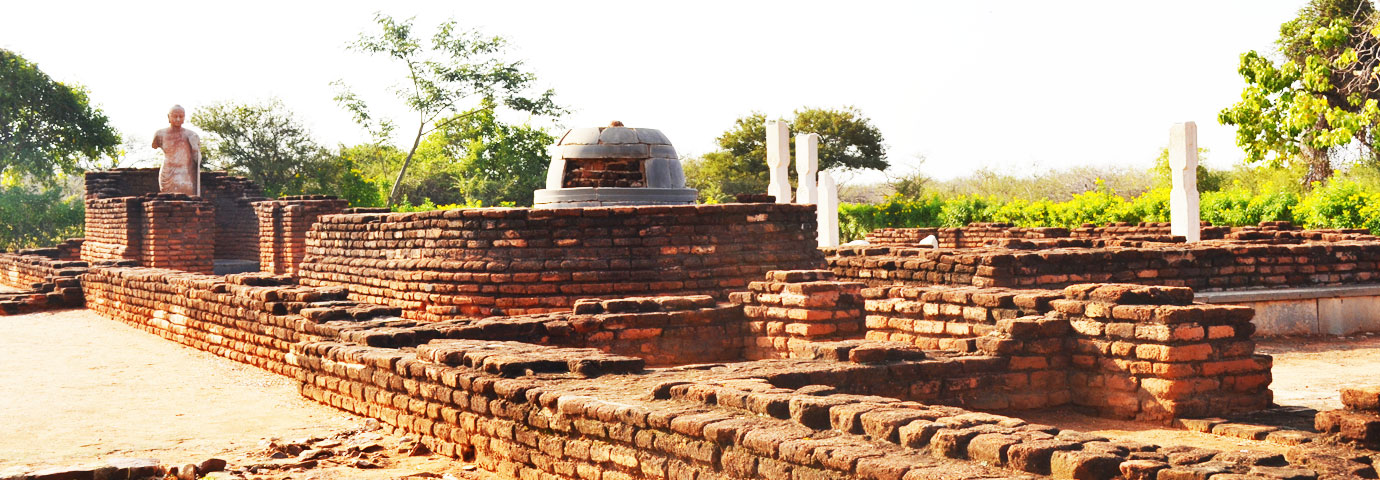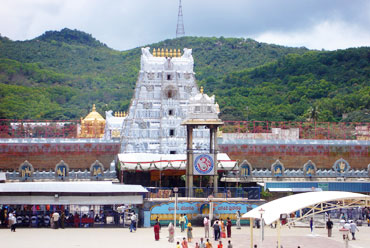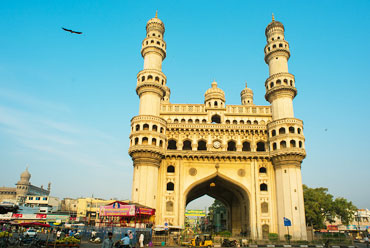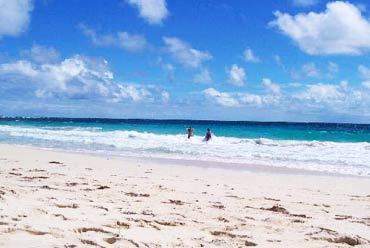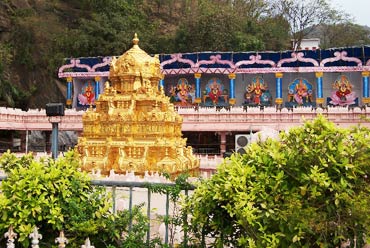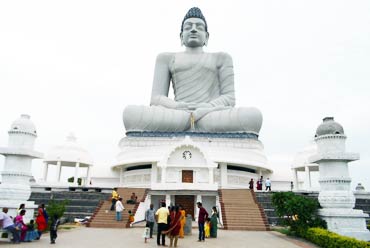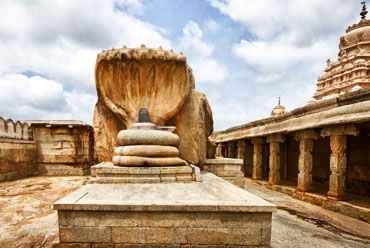Visiting Nagarjunkonda is like journeying into the past. At one end stands, in the words of Pt Jawaharlal Nehru, "one of the greatest temples of modern India"-the Nagarjunsagar Dam-and at the other end is the glistening green island, Nagarjunkonda, containing treasures of the priceless heritage of an ancient civilization.
Archaeologically, Nagarjunkonda is considered to be very important as nowhere else in the country can one find such a vast expanse of Buddhist ruins-a complete metropolis of a well developed civilization that had continuous human habitation. The ruins are visible today in the island-museum in their reconstructed form based on what was salvaged from the riverbed. But for the remarkable rescue efforts of the Archaeological Survey of India (ASI), the history of two thousand years would have been lost forever in a watery grave. The ASI moved the monuments to safer sites before the submergence.
Location
Nagarjunsagar is about 160 km from Hyderabad in the south Indian state of Andhra Pradesh. Nagarjunkonda is perhaps India's first island-museum presenting a panorama of cultural and ethnic evolution in the lower Krishna river valley from the prehistoric age to medieval times.
History
The ancient site of the metropolis-Sriparvata Vijayapuri, the bustling capital of the Ikshvaku dynasty flourished at the foot of Nagarjunkonda during the third and fourth centuries. They were great builders and patrons of art. During their time Buddhism flourished along with Brahmanism. The women of the royal household, as history has it, made large contributions to various Buddhist institutions. The Buddhist University founded by them had attained global recognition in those days and attracted students from as far as Burma and China. Large monasteries were built to accommodate visiting monks.
Nagarjunkonda gets it name from the noted Buddhist scholar and philosopher-Acharya Nagarjuna who is said to have founded the Madhyamika school of Mahayana Buddhism which greatly influenced the masses in Andhra Pradesh of those days. Subsequently the megalithic culture prevailing at that time in the region assumed new dimensions and one these traditions were building stupas, maha chaityas and so on.
The Ikshvakus ruled for almost 200 years. After them the valley was apparently abandoned. For many years their civilization remained a mystery, buried in the valley under mounds of earth and ash. It was only in the year 1926 that Nagarjunkonda's lost civilization was brought to light.

